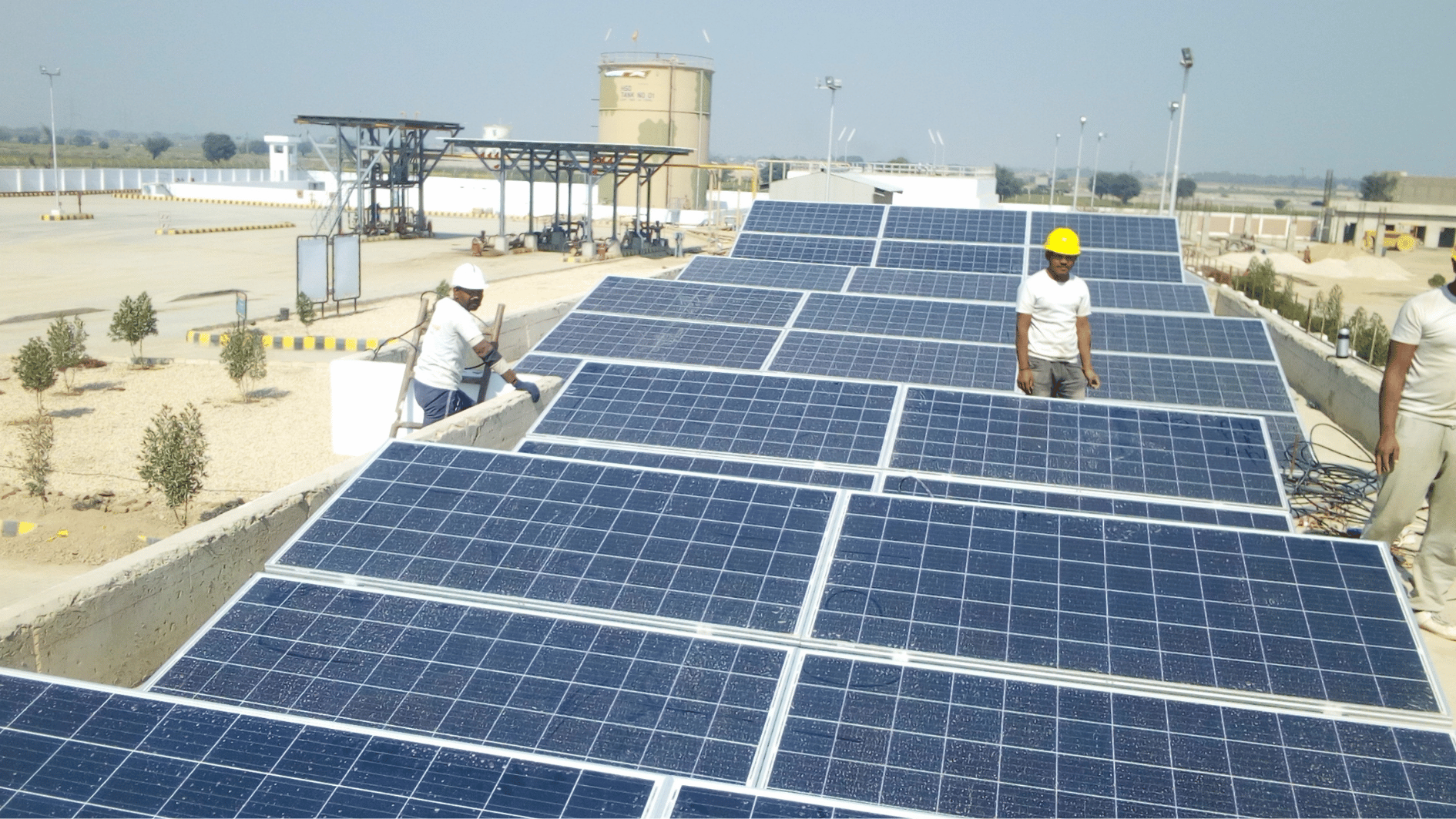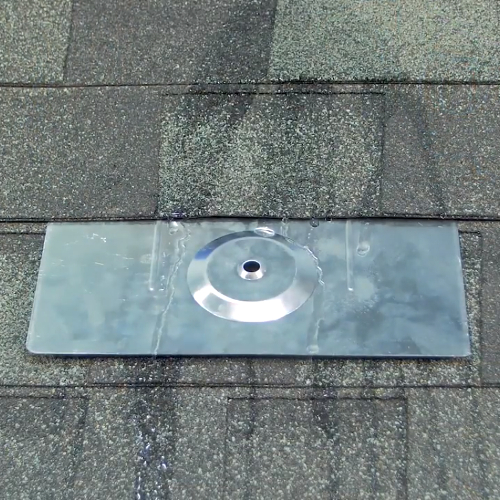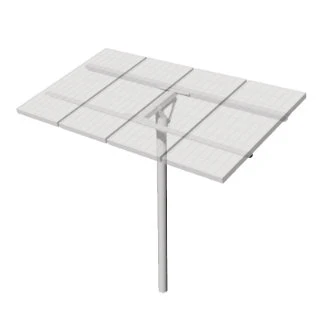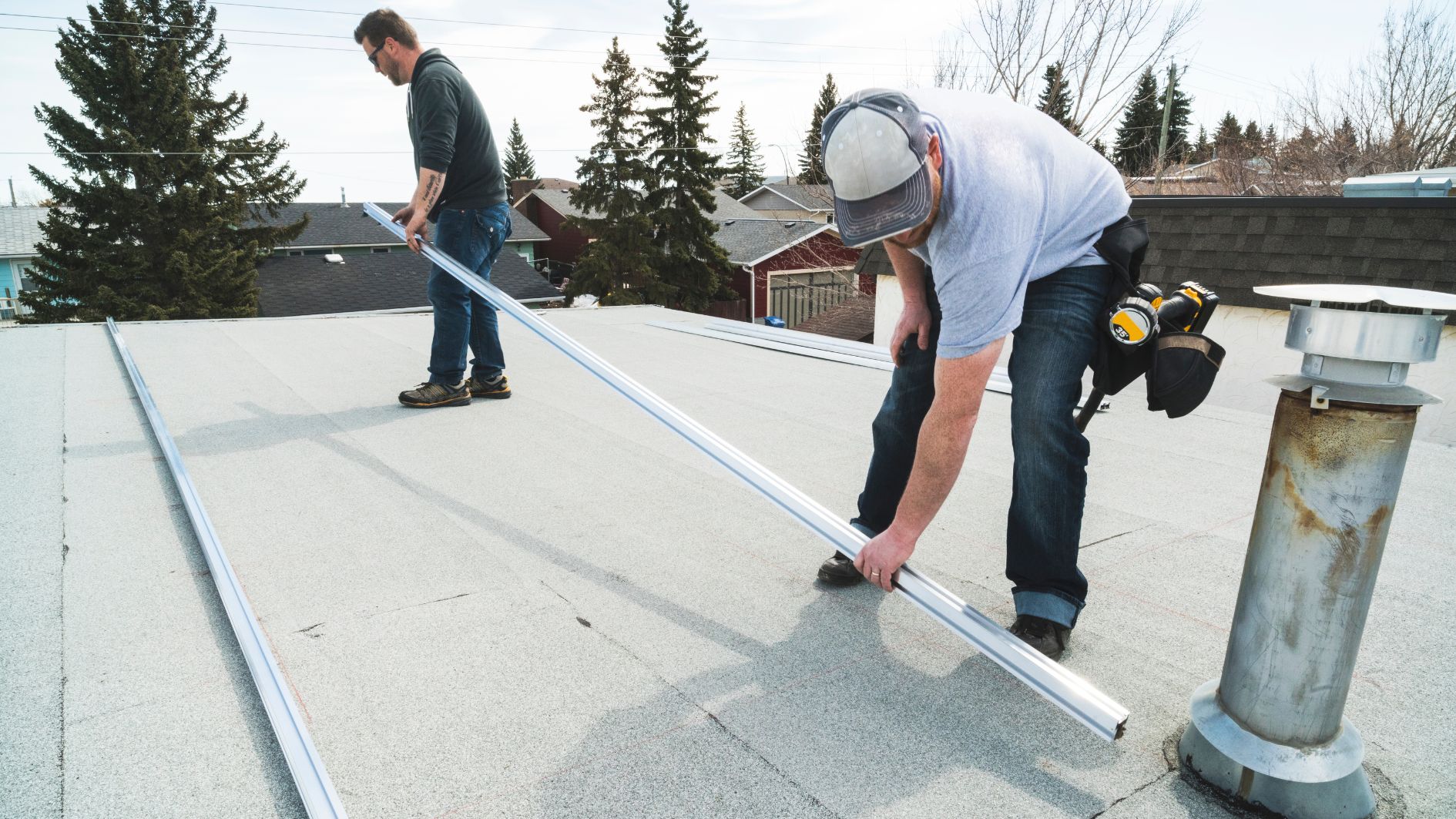Image source: Canva.com
When you install a rooftop solar panel system, you typically notice the shiny new panels. However, the racking equipment beneath these panels is crucial for keeping them secure and in place.
The right racking equipment for your system largely depends on your roof type. From there, you’ll have a few brands to choose from, but your installer will usually have preferred racking equipment that they will select for you.
High-quality solar companies build systems designed to last. If you trust your installer, you can also trust the racking equipment they recommend. We’ll outline some of the top brands used by leading installers and explain how to ensure you get the right racking equipment for your installation.

Essential Equipment for Solar Power Systems
Understanding How Solar Racking Systems Operate
A solar racking system is essential for securely attaching solar panels to various surfaces, whether it’s your roof, yard, or even specialized structures. These systems play a critical role in ensuring that solar panels are properly positioned and safely anchored, allowing them to withstand environmental conditions like wind and snow. During the installation process, solar companies use these racking products to hold the panels and related equipment firmly in place.
Solar racking, also known as solar mounting, is typically constructed from aluminum. This material is favored because of its strength, durability, and lightweight properties, making it particularly well-suited for rooftop installations where minimizing additional weight is crucial. Aluminum’s corrosion resistance further enhances the longevity of the racking system, ensuring that your solar panels remain secure and operational for decades. Whether you’re installing a ground-mounted array in your yard or a rooftop system, the solar racking system is a vital component that underpins the entire solar setup, contributing to both the safety and efficiency of your solar energy system.
What Is the Cost of Solar Racking?
While a solar racking system is an essential component of any solar installation, it’s important to note that the cost of racking constitutes only a small fraction of the total installation expense. According to the National Renewable Energy Laboratory (NREL), the cost of solar racking is approximately $0.10 per watt (W), making it a relatively minor part of the overall investment. For instance, the typical cost of installing solar panels is $2.98/W, which means the racking system accounts for roughly 3% of the total system cost.
Despite its modest cost, the racking system plays a crucial role in the long-term performance and safety of your solar installation. It provides the structural support needed to ensure that your solar panels are securely mounted and optimally positioned to capture sunlight efficiently. This small investment in a quality racking system contributes significantly to the overall durability and effectiveness of your solar energy setup, ensuring that your panels remain stable and properly aligned throughout their lifespan. When planning a solar installation, it’s essential to consider the racking system not just in terms of cost but as a vital element that supports the entire operation of your solar power system.
Solar Racking Components
Not all racking systems are the same, but most solar racking solutions include several key components:
1. Flashings

Installing solar panels on a roof involves drilling holes that can be prone to leaks if not properly covered. Flashing, usually a thin, rectangular piece of aluminum sheeting, prevents water from leaking through your roof. For traditional asphalt shingle roofs, flashing is inserted under the shingles. For roofs made of tile, metal, rubber, or wood, specially designed flashings fit the unique shape of the roofing material.
2. Mounts

Solar panels are attached to your roof with mounts, sometimes referred to as “feet.” These mounts are bolted through the flashing and into a rafter, securing the entire system. There are various types of mounts used in different racking systems. Installers need access to your attic or the underside of your roof during the initial site visit to ensure that the rafters are structurally sound and properly spaced to accommodate the mounts for your solar panel system.
3. Rails

Mounts hold up the rails, which are the components that the solar panels sit directly on. Rails are often long aluminum tracks installed vertically or horizontally on your roof plane. There are alternative rail setups, such as rail-less or shared-rail systems. Rails also provide a space to run the wiring for your solar panel system, reducing clutter and improving the safety and aesthetics of the installation.
4. Clamps

To keep the solar panels securely in place on the racking, installers use clamps. These link the solar modules to the rails. Mid-clamps are used between solar panels to secure them on two sides, while end-clamps, which are typically larger, sit at the ends of the system to hold everything in place.
Top Solar Racking Brands to Know
Most installers have preferred racking equipment they typically work with. Here are some top brands you may come across when getting quotes. Many of these brands offer standard “penetrating” rooftop racking, which works with traditional asphalt roofs. The right racking equipment for you will depend on your specific roof type.
IronRidge
Known for producing some of the toughest racking products, IronRidge offers solutions for pitched roofs, flat roofs, and ground-mounted systems. They test their pitched roof system components in extreme environments, including Florida’s high-velocity hurricane zones. IronRidge, based in California, has been operational since the mid-1990s.
SnapNrack
SnapNrack, based in California, specializes in a snap-in racking solution. Their Ultra Rail Roof Mount System uses snap-in brackets for attaching rails, simplifying the installation process. They also produce ground-mounted racking systems and more traditional penetrating rooftop solutions without snap-in rails. To minimize risk and reduce time spent on the roof, they offer a mounting system that allows most of the installation process to be performed on the ground.
Unirac
Unirac offers several product lines catering to various residential and commercial solar panel systems. They provide racking equipment for pitched roofs, flat roofs, and ground-mounted systems. According to the company’s website, Unirac has been included in over 2.5 million installations.
Quick Mount PV and EcoFasten
Quick Mount PV and EcoFasten have developed specialized products for specific roof types, including standing seam metal roofs and clay and Spanish tile roofs. For standing seam metal roofs, these companies offer mounting systems that clamp onto the roof’s seams without making any holes, speeding up the installation process and ensuring the roof remains watertight.
For clay and Spanish tile roofs, which are more brittle than asphalt, composite, or metal roofs, Quick Mount PV has developed a Tile Replacement Mount. These mounts are shaped like roof tiles and can be swapped with existing tiles, simplifying the installation process and ensuring a watertight solar installation.
AllEarth Renewables
For properties where roof-mounted solar panels are not feasible due to lack of sunlight, incorrect roof direction, or insufficient space, ground-mounted solar panel systems are an option. AllEarth Renewables offers popular solar trackers that allow panels to follow the sun throughout the day and adjust with the seasons. Tracking mounts are more expensive than stationary ground mounts or rooftop systems but can be a worthwhile investment if your primary goal is to maximize energy production.
Key Factors to Consider When Choosing a Solar Mounting System
It can be easy to overlook your solar mounting hardware since it’s mostly hidden under your solar panels. Often, that’s fine – quality installers will use quality racking equipment, so you don’t need to focus on it too much. However, if you want to be involved in deciding which racking equipment you get installed, here are some of the top factors to consider.

Aesthetics
While solar panels cover most of your mounting system, some components may still be visible. If you’re concerned about the appearance of your solar panel system, ask your installer which parts of the racking system might be visible and what they look like. Many installers can provide pictures or videos from past installations to give you a better idea of the final appearance.

Leak Protection
When comparing solar companies, inquire about the type of flashing they recommend for your roof, their experience with it, and whether they’ve had any service calls regarding leaks. Additionally, ask about the warranties they – or the racking company – offer for roof penetrations.

Wire Management
Proper wire management is crucial for any solar installation. This involves placing, securing, and protecting your system’s electrical setup. Poorly insulated or exposed wires can wear down and fail, impacting your system’s performance. Effective wire management can significantly reduce maintenance costs and extend the system’s longevity. Reputable installers ensure that wires are securely and neatly placed.

Ease of Installation
The complexity of the mounting system can affect the installation process. Factors like heavy components, numerous parts, and the effort required to affix the system to your roof can increase installation time and cost. Installers usually have a preferred mounting solution that balances these factors. However, requesting a specific type of mounting system outside their standard products may increase your system’s cost.
By considering these factors, you can make a more informed decision about the racking equipment for your solar panel system, ensuring it meets your needs and preferences.





